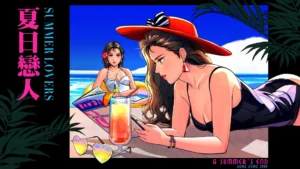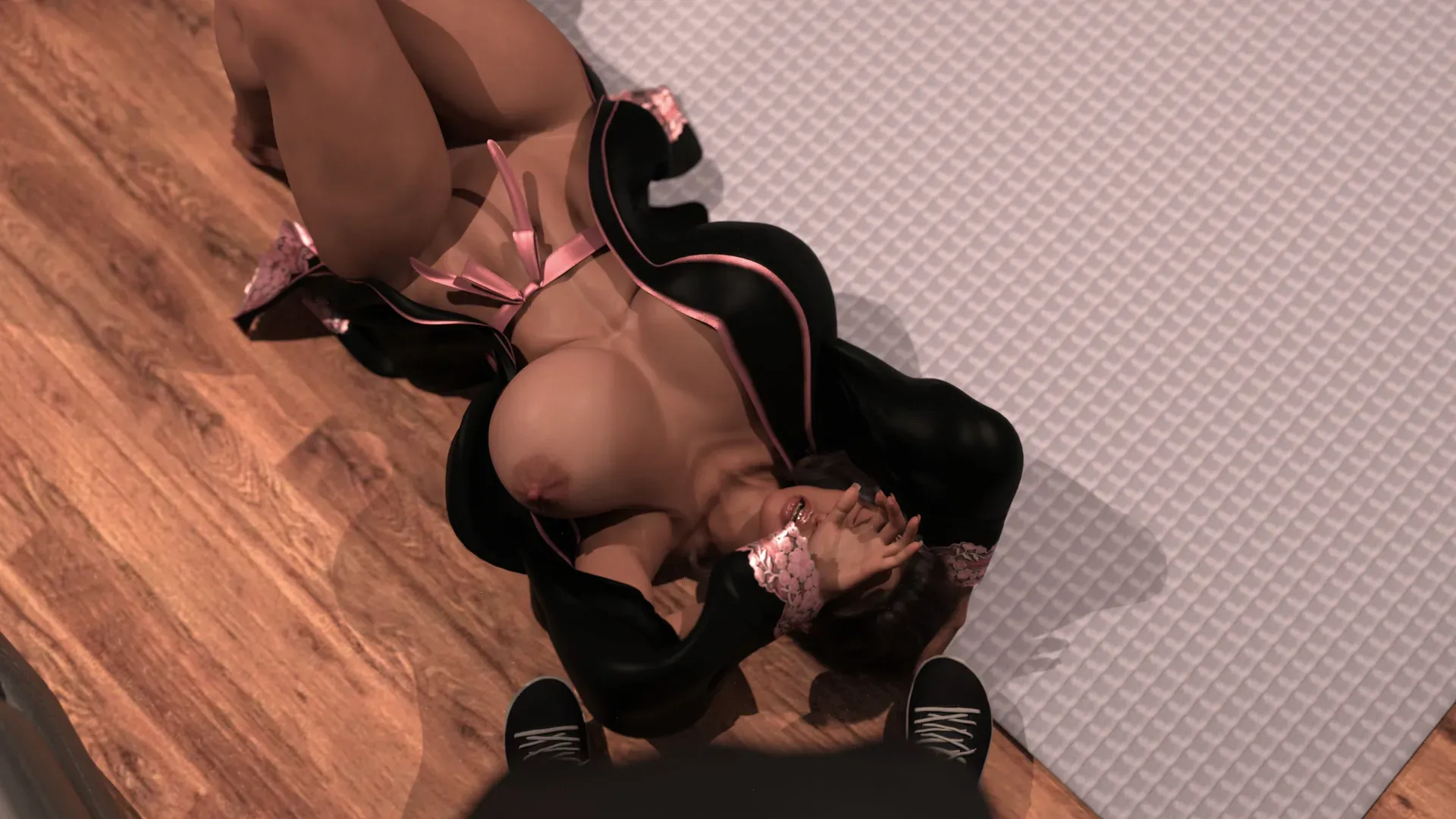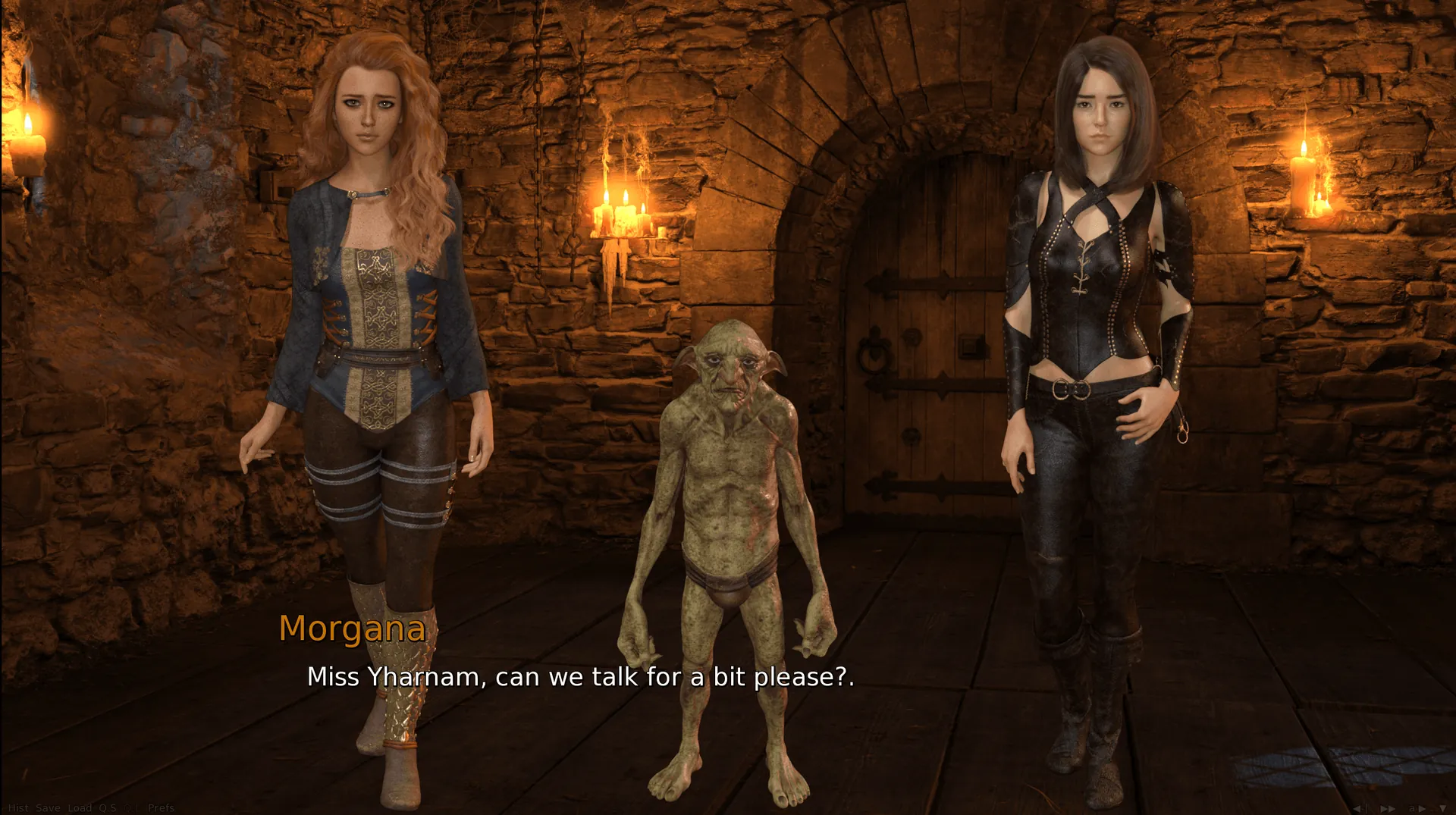
A Summer’s End – Hong Kong, 1986
Play A Summer’s End – Hong Kong, 1986
A Summer’s End – Hong Kong, 1986 review
Exploring the Story, Characters, and Unique Setting of A Summer’s End – Hong Kong, 1986
A Summer’s End – Hong Kong, 1986 is a compelling visual novel set against the vibrant backdrop of 1980s Hong Kong. This game invites players into a heartfelt narrative about love, identity, and cultural change through the eyes of Michelle, a young professional navigating romance and self-discovery. With its richly detailed setting and memorable characters, the game offers a unique blend of storytelling and interactive experience that resonates deeply with fans of narrative-driven games.
Immersing in the Story and Setting of A Summer’s End – Hong Kong, 1986
Immersing in the Story and Setting of A Summer’s End – Hong Kong, 1986
Stepping into A Summer’s End – Hong Kong, 1986 feels like unearthing a time capsule 🕰️✨. You’re instantly enveloped by the humid air, the chatter of Cantonese, and the electric buzz of a city at a cultural crossroads. This visual novel isn’t just a game—it’s a love letter to 1986 Hong Kong, weaving personal struggles and romantic tension into a neon-drenched tapestry. As someone who’s wandered Mong Kok’s real streets, I gasped at how authentically the game mirrors that dizzying blend of chaos and charm. The A Summer’s End Hong Kong 1986 story grips you because it’s raw, relatable, and drenched in nostalgia 🎮💖.
Who is Michelle? Exploring the Protagonist’s Journey
Meet Michelle: a 20-something office worker drowning in spreadsheets by day and societal expectations by night. 🏙️💼 Her life in 1986 Hong Kong is a tightrope walk—juggling her conservative family’s demands with her own stifled dreams. Through my playthrough, I ached for her during midnight taxi rides home, staring at rain-smeared windows, wondering if conformity was her only future. Her vulnerability isn’t weakness; it’s the game’s heartbeat. When free-spirited Sam bursts into her world, Michelle’s shell cracks, revealing layers of doubt, desire, and quiet rebellion.
This Michelle character analysis reveals how her arc mirrors Hong Kong’s own identity crisis. 🇭🇰 She’s torn between tradition (her family’s textile business) and modernity (her secret passion for photography). One scene gutted me: Michelle sobbing in a phone booth after her mother calls her “selfish” for pursuing art. It’s a universal scream against generational chains—but amplified by 1986’s political uncertainty.
| Time Period | Key Event | Michelle’s Development |
|---|---|---|
| Early Summer | Michelle meets Sam at a gallery opening | Initial curiosity; challenges her routine |
| Mid-Summer | Family pressure escalates over career choices | Self-doubt peaks; begins questioning identity |
| Late Summer | Confrontation about her relationship with Sam | Embraces authenticity; defies expectations |
The identity exploration in games shines here. Michelle isn’t “fixed”—she evolves through small, brave choices. 🦋 Like when she trades her stiff blazer for a vintage denim jacket, symbolizing her shedding of imposed roles. Play tip: Pay attention to her camera; it’s not just a prop. The photos she takes (of wet markets, temple incense, Sam’s smile) visually track her awakening.
The Vibrant 1980s Hong Kong Atmosphere
Ah, the 1980s Hong Kong setting! 🌆 This game doesn’t just show the era—it makes you taste the pineapple buns and feel the subway rattle underfoot. The Mong Kok neon city scenes are pure magic: glowing signage spills ruby and cobalt onto rain-slicked streets, while noodle vendors shout under flickering lampposts. I once got lost in Mong Kok IRL at midnight; playing this, I felt that same exhilarating disorientation. Developers Oracle & Bone didn’t cut corners—every backdrop oozes Hong Kong culture 1986, from mahjong parlors 📿 to pirated VHS stalls.
💡 Pro Tip: Use headphones! The synth-heavy city pop soundtrack melts you into the era. Hear the MTR announcements? That’s 1986’s exact dialect.
Homages to Hong Kong cinema wink at you everywhere. Michelle and Sam’s meet-cue feels ripped from a Wong Kar-wai film—smoky, slow-motion, charged with what’s unsaid. 🎬✨ Even the food tells stories:
- Dai pai dongs (open-air food stalls): Where Michelle and Sam share squid skewers, symbolizing their clash-turned-connection.
- Tong lau (tenement buildings): Narrow walk-ups where laundry flutters like flags—privacy is scarce, echoing Michelle’s suffocation.
This setting isn’t wallpaper. When protests flicker on TV news, it’s not just “ambience.” It’s the tension in Michelle’s father’s silence, the way Sam’s activism challenges her apathy. History breathes here.
Narrative Themes: Love, Identity, and Cultural Change
At its core, A Summer’s End spins on three pillars: love, belonging, and cultural metamorphosis. 💞 The visual novel romance themes avoid clichés—no grand gestures, just trembling hands and half-finished sentences. Michelle and Sam’s relationship is a quiet revolution: two women loving openly in a society where tradition scowls at “deviance.” Their first kiss happens not at sunset, but in a grimy karaoke bar bathroom—raw, real, and utterly human.
The game frames identity exploration against Hong Kong’s own flux. As 1997’s handover looms, Michelle’s crisis mirrors her city’s: “Do I cling to the past, or gamble on the unknown?” 🎲 Her job (a British export firm) versus her art (a love letter to Cantonese streets) mirrors colonial friction. Even the romance is political—Sam’s queer friend group offers sanctuary, while Michelle’s family warns, “Don’t shame us.”
Why it resonates:
– 🧩 Cultural hybridity: Michelle’s Western education vs. her grandmother’s temple rituals.
– 🔥 Quiet rebellion: Choosing a film camera over a wedding album.
– 🌉 Hope in transition: The final scene at Star Ferry Pier—water reflecting both neon and dawn.
Playing A Summer’s End – Hong Kong, 1986 is like holding a mirror to a city—and yourself. 🪞💫 Its A Summer’s End Hong Kong 1986 story lingers because Michelle’s fears (am I enough? do I belong?) are ours too. The 1980s Hong Kong setting isn’t just pixels; it’s a character whispering history’s lessons. And those visual novel romance themes? They remind us that love, in any era, is both a sanctuary and a battleground. So dim the lights, queue up some city pop, and let Hong Kong’s swan song wash over you. 🎶🖤
A Summer’s End – Hong Kong, 1986 offers a richly woven narrative that blends romance, cultural identity, and the unique atmosphere of 1980s Hong Kong into a memorable visual novel experience. The game’s detailed setting and relatable characters invite players to reflect on themes of love and self-discovery in a rapidly changing world. Whether you are a fan of narrative-driven games or looking for an evocative story set in a fascinating era, this game provides a compelling journey worth exploring. Dive into Michelle’s story and experience a summer that lingers long after it ends.












